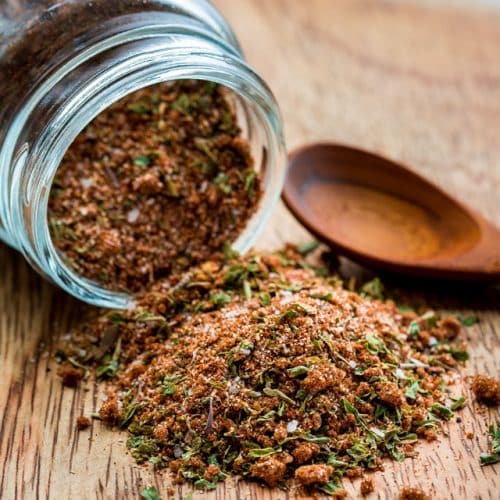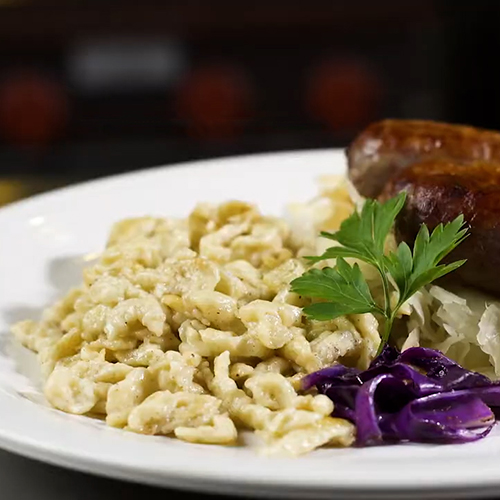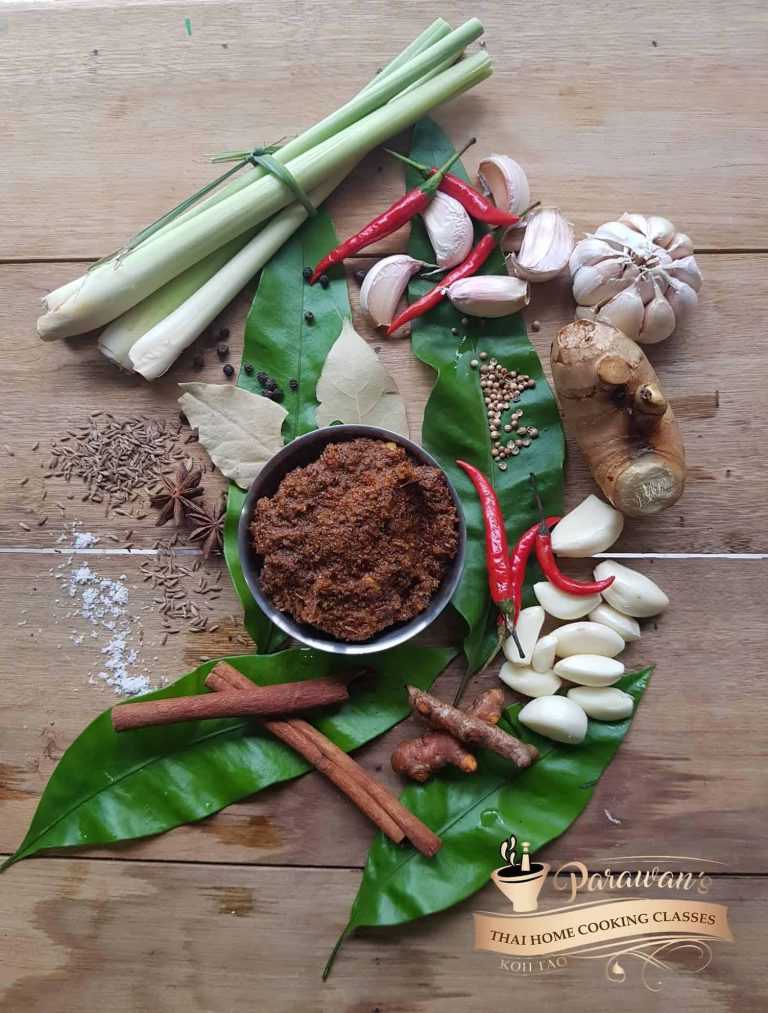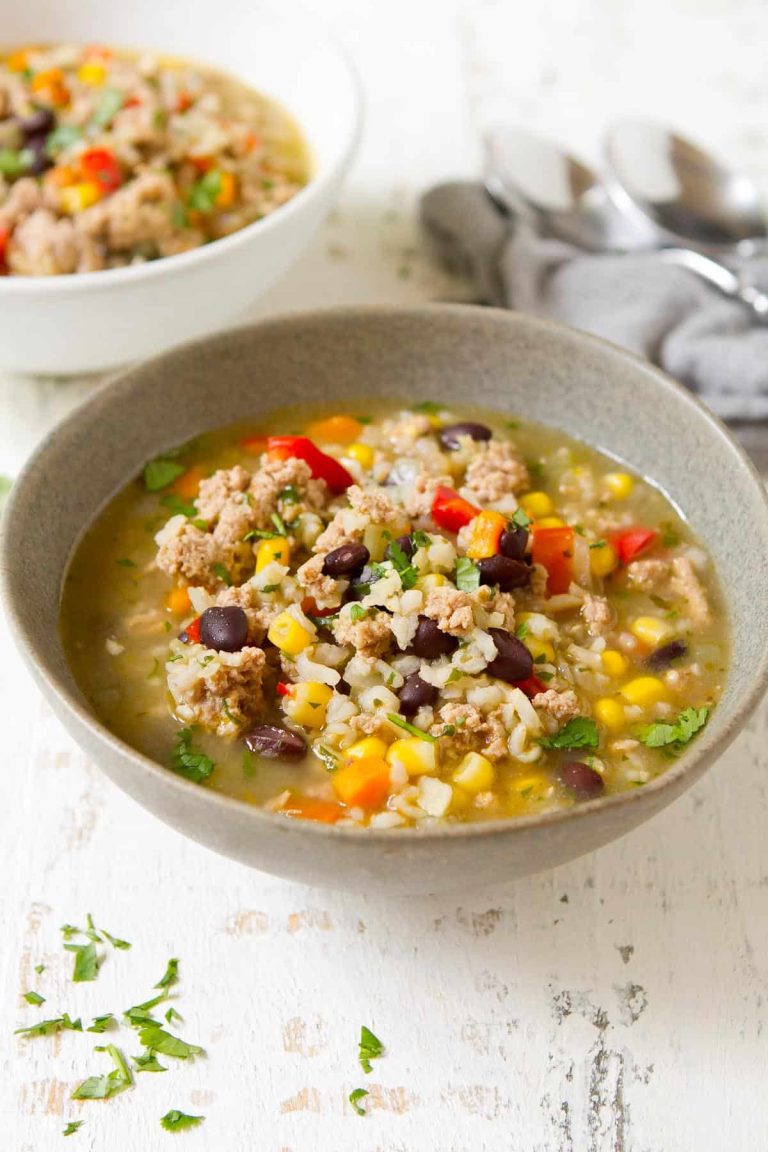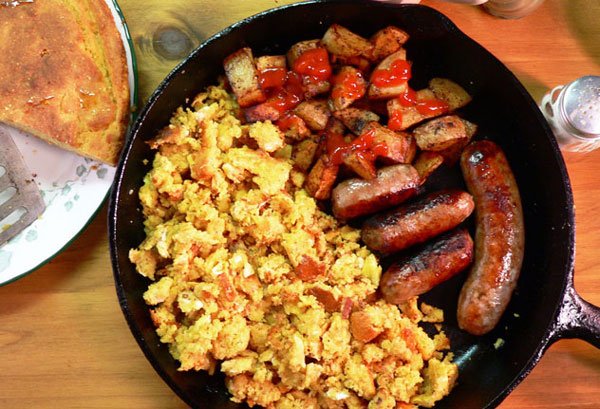Jamaican Jerk Dry Rub: Discover the Bold Flavors and Health Benefits
Jerk cooking traces back to the indigenous Taino people and the Maroons. The Tainos used slow-cooking methods and local ingredients to flavor their meat, laying the foundation for modern jerk cooking. When the Maroons, escaped slaves of African descent, settled in the Jamaican mountains, they adopted Taino techniques and added African spices, creating the first jerk recipes. This traditional preparation method involved slow-cooking meat over pimento wood, which remains a key component today.
Cultural Significance in Jamaica
Jerk cooking holds deep cultural importance in Jamaica. It’s not just a cooking method but a symbol of resilience and cultural fusion. You’ll find jerk dishes at street stalls, restaurants, and festivals across the island, reflecting its widespread appeal. Shared during communal gatherings and celebrations, jerk cooking has become an essential part of Jamaican identity. By infusing meat with a robust mix of spices, Jamaican jerk dry rub encapsulates the island’s vibrant culinary culture and history, making each bite a journey through Jamaica’s rich heritage.
Key Ingredients in Jamaican Jerk Dry Rub
Understanding the Spice Blend
Caribbean flavors are central to Jamaican jerk dry rub. This aromatic blend features allspice, thyme, and Scotch bonnet peppers as core components. Allspice, also known as pimento, offers a unique mix of cinnamon, nutmeg, and cloves. Thyme brings a subtle earthiness, complementing the robust heat from Scotch bonnet peppers, which are traditional in Jamaican cuisine.
In addition, garlic powder and onion powder provide a savory foundation. Nutmeg adds a warm complexity, while cinnamon gives a hint of sweetness. These spices combine to create a balanced, complex flavor profile unique to Jamaican jerk.
Health Benefits of the Ingredients
Including ingredients with multiple health benefits, Jamaican jerk dry rub offers more than just flavor. Allspice contains significant antioxidants, which help fight free radicals. Thyme is known for its antimicrobial properties and a good source of vitamin C.
Scotch bonnet peppers, full of capsaicin, boost metabolism and provide pain relief. Garlic powder enhances immune function, and onion powder is rich in vitamins B and C, supporting overall health. Nutmeg aids digestion and has anti-inflammatory properties, while cinnamon helps regulate blood sugar levels.
Using this spice blend transforms your dishes and incorporates nutrients that promote health and wellness.
How to Use Jamaican Jerk Dry Rub
Best Meats for Jerk Seasoning
Jamaican jerk dry rub works best on meats like chicken, pork, and fish. Chicken, with its ability to absorb flavors deeply, makes a classic choice for jerk seasoning. Applying the rub on pork, particularly on cuts like shoulder or tenderloin, creates tender, flavorful dishes. When using fish, opt for firm varieties like snapper or tilapia; coat them lightly to avoid overpowering the delicate taste.
Vegetarian Options
Jamaican jerk dry rub isn’t limited to meat dishes. You can enhance vegetarian recipes by using the seasoning on vegetables, tofu, or tempeh. Rub the spice blend on vegetables like bell peppers, zucchinis, and mushrooms before grilling or roasting. For tofu and tempeh, marinate them with the jerk rub for at least 30 minutes to infuse the flavors, then cook to desired texture.
Comparing Jamaican Jerk Dry Rub With Other Seasonings
Jerk Dry Rub vs. Wet Marinades
Jerk dry rub and wet marinades differ significantly in application and flavor intensity. Jerk dry rub uses dehydrated spices like allspice, thyme, and Scotch bonnet peppers, delivering a concentrated taste that deeply penetrates meats and vegetables. This method allows for a crisper texture when grilled or roasted.
Wet marinades, in contrast, combine spices with liquid elements such as oil, citrus juice, or vinegar, making them better for thorough tenderization and moisture retention. They create a more pervasive flavor but can result in a soggier texture when cooked. Both methods enhance food, yet jerk dry rub provides a distinctive, robust flavor typical of Jamaican cuisine.
Similar Seasonings in Caribbean Cuisine
Caribbean cuisine offers several seasonings similar to Jamaican jerk dry rub, each contributing unique flavors to the region’s diverse culinary landscape.
Harissa: A North African spice blend, it includes chili peppers, garlic, and coriander. Though not Caribbean, its hot and aromatic profile shares some elements with jerk seasoning.
Adobo: A staple in Puerto Rican and Dominican kitchens, it combines garlic, oregano, and turmeric, offering a savory, peppery kick.
Green Seasoning: Popular in Trinidad and Grenada, this mix of fresh herbs, garlic, and hot peppers resembles jerk’s complexity but with a fresher, tangier taste.
These seasonings each provide a unique twist, yet maintain the bold, vibrant flavors that define Caribbean cooking.
Conclusion
Jamaican jerk dry rub is more than just a seasoning; it’s a celebration of Jamaica’s rich culinary heritage and cultural resilience. With its unique blend of spices, it delivers a tantalizing flavor profile that elevates any dish. Whether you’re grilling meats or spicing up vegetarian options, this dry rub brings a burst of authentic Caribbean taste.
Beyond flavor, the health benefits of its ingredients make it a smart choice for your kitchen. Compared to wet marinades, it offers a concentrated taste and a satisfying texture. Embrace the vibrant essence of Jamaican jerk dry rub and transform your meals into a flavorful, healthful experience.
